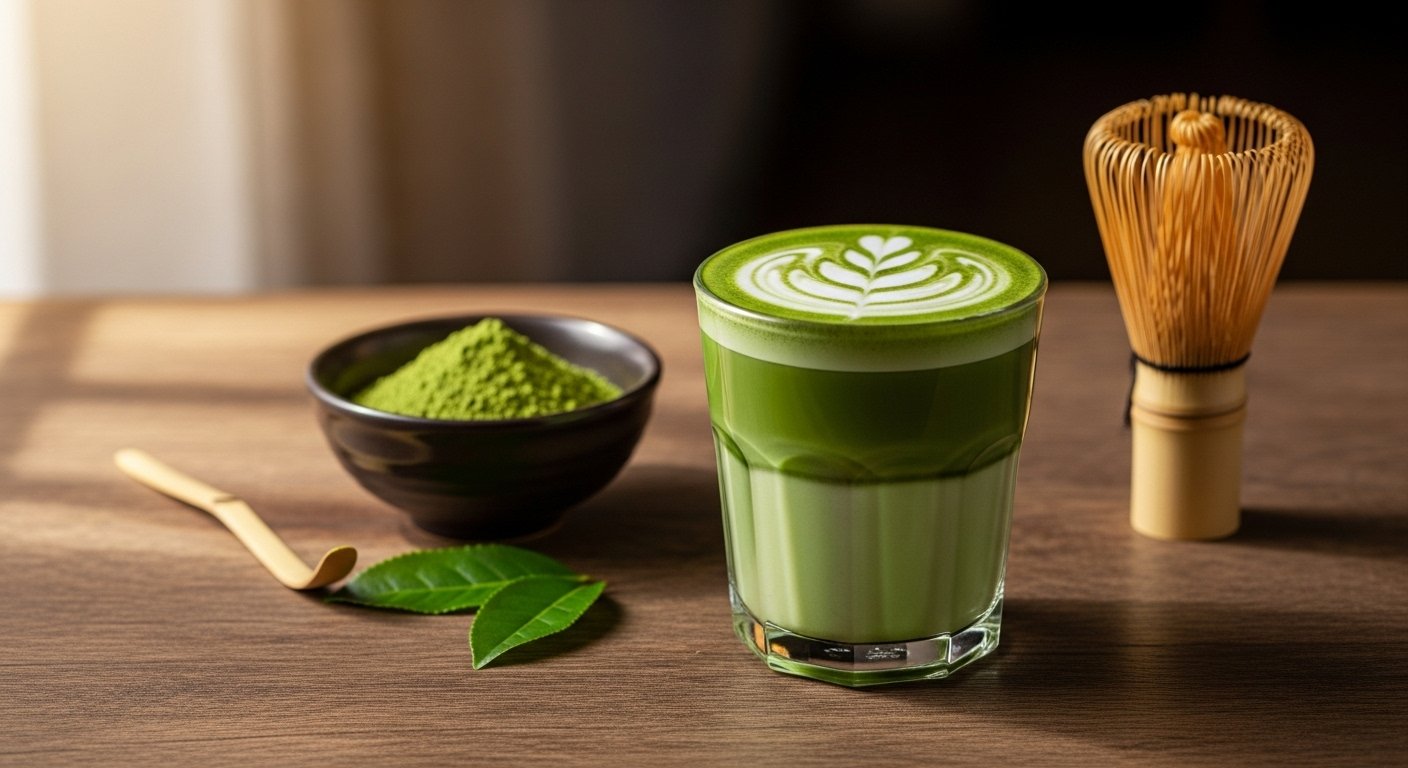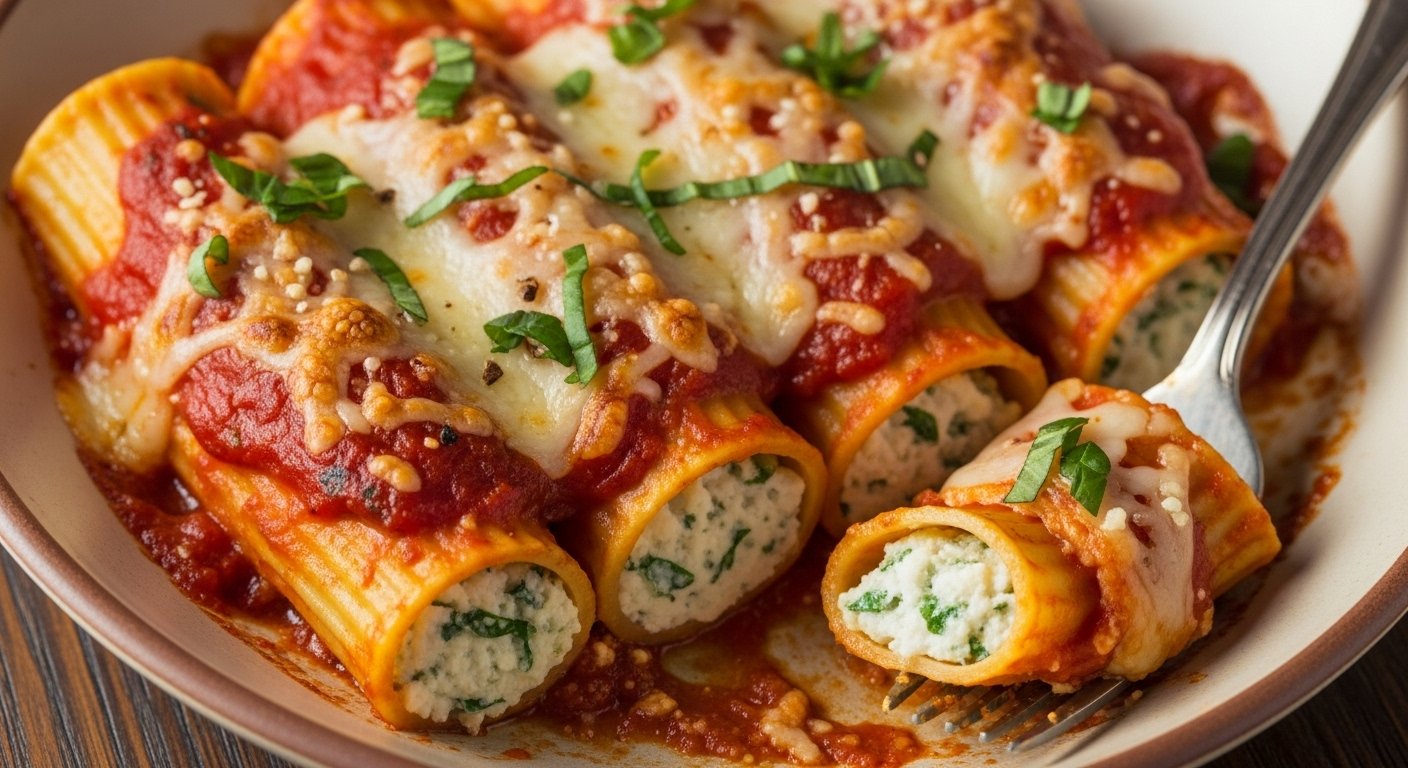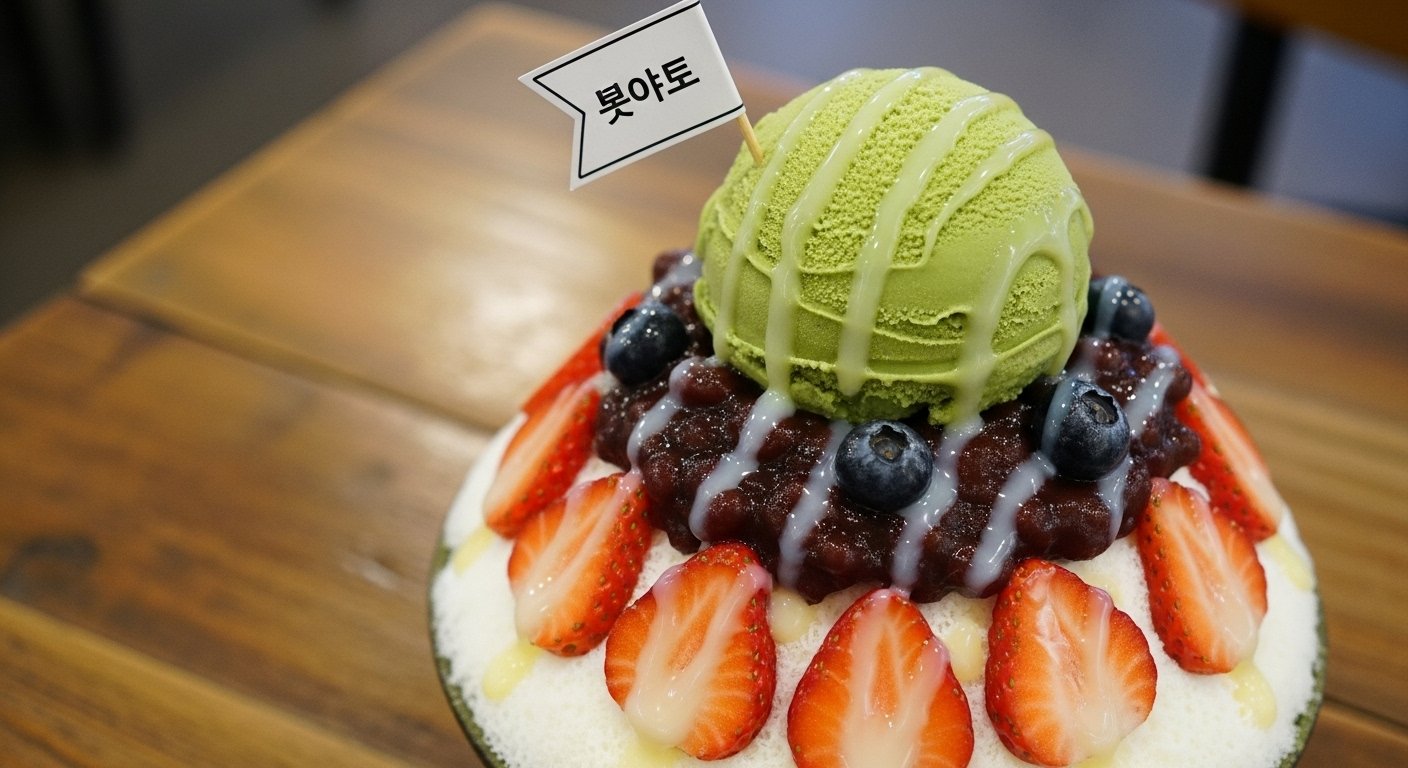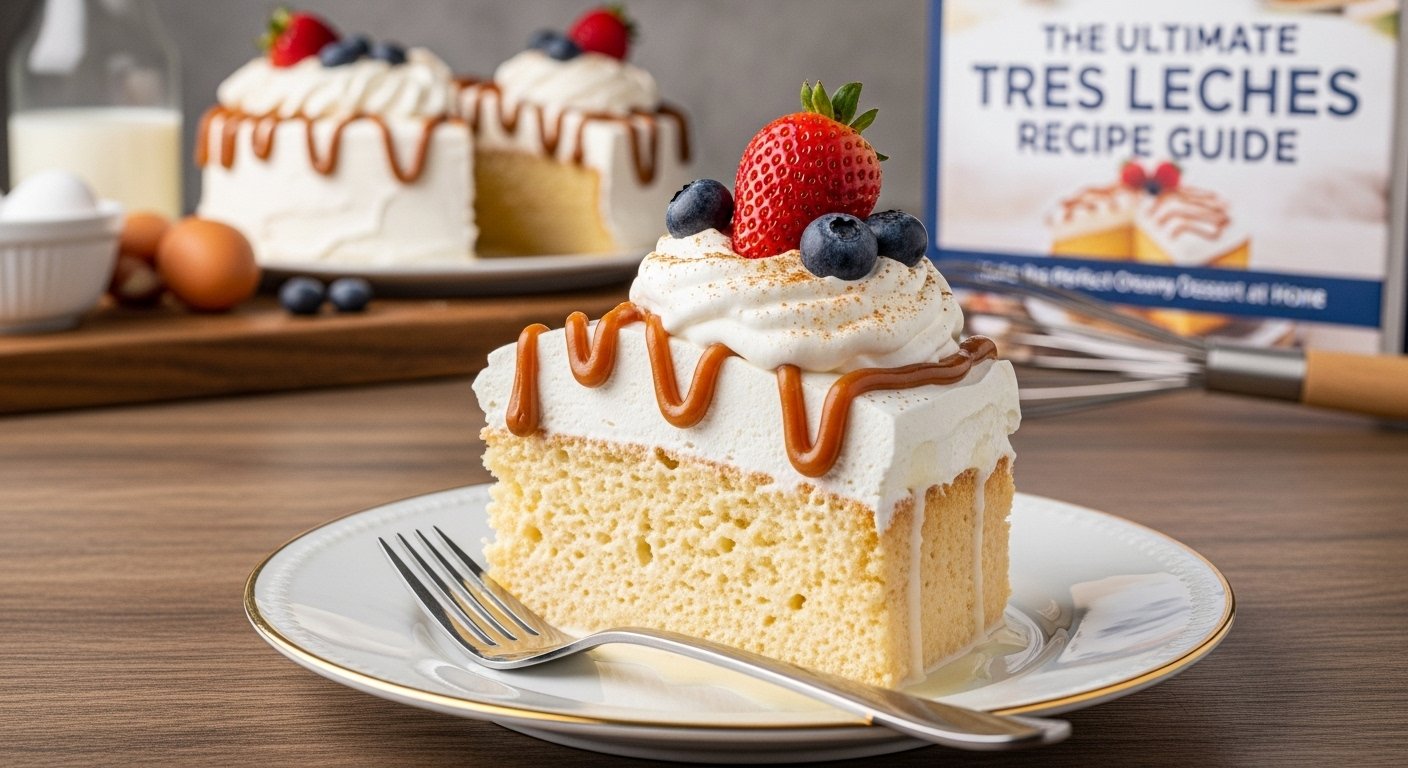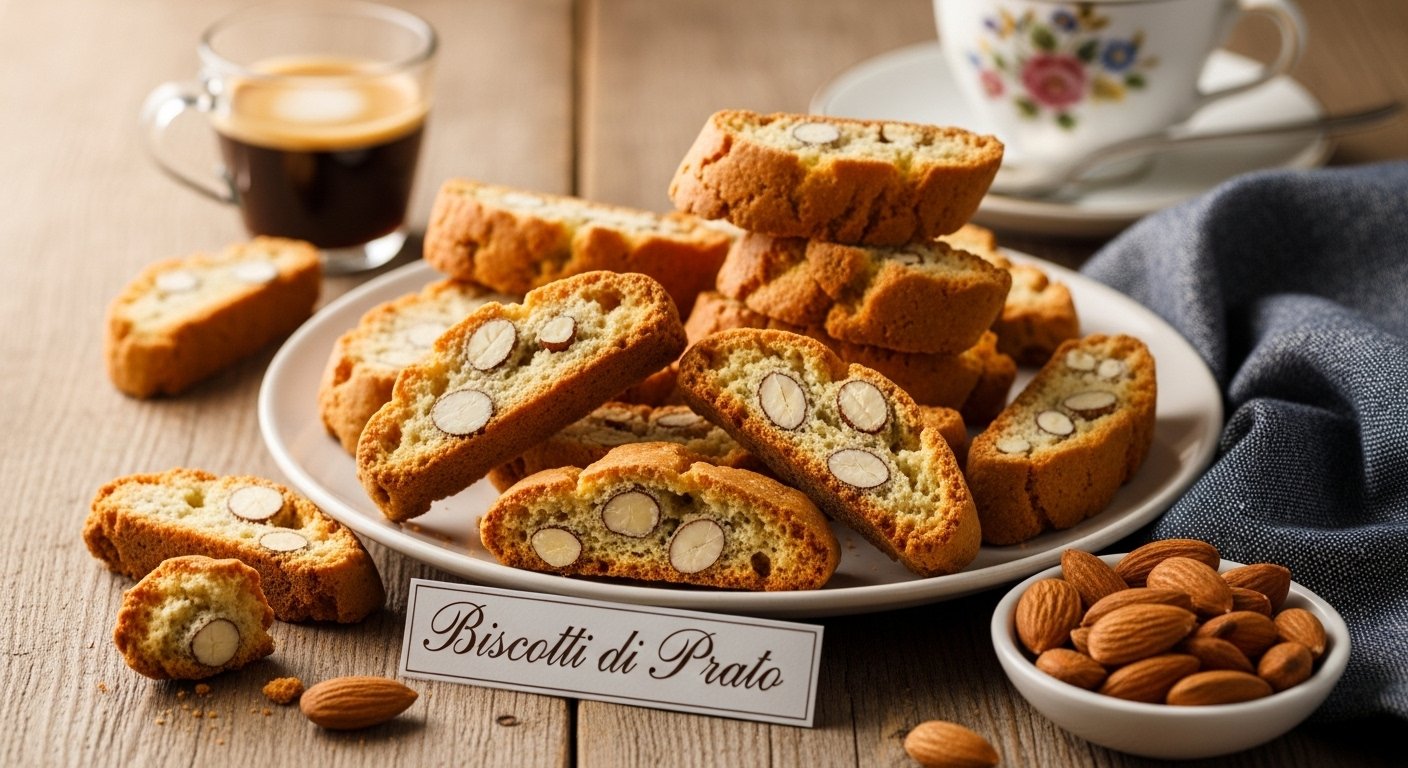Table of Contents
Introduction
If you’ve been on social media recently or walked past a trendy café, you’ve probably seen something bright green in a cup, in desserts, or even in smoothies. That vibrant green? It’s bin matcha—Japan’s finest powdered tea, beautifully packed in glass jars and full of health benefits. But what makes bin matcha special? Is it just a name? Is it healthier than regular matcha? Can kids and adults enjoy it? This guide is here to answer all your questions and more. Whether you’re a tea lover or a total beginner, you’ll learn what bin matcha is, why it’s different, and how you can enjoy it in your daily life. By the time you’re done reading, you’ll not only know all about bin matcha—you’ll probably want to try it for yourself!
What Is Bin Matcha and Why Everyone’s Obsessed With It
Have you heard someone say they love bin matcha and wondered what it actually is? You’re not alone! This trendy green tea has taken over cafes, social media feeds, and kitchen pantries. But it’s not just a stylish drink—it’s deeply rooted in culture and packed with healthy perks. Bin matcha is a high-quality Japanese green tea powder sealed in glass containers called “bins.” These jars protect the tea from moisture, air, and light—keeping it fresher for longer. This matters because matcha is delicate. If it’s not kept correctly, it quickly loses its color and vibrant taste. While regular matcha comes in tins and pouches, bin matcha offers a higher level of freshness and elegance. Drinking it feels like a treat, and it’s made to be sipped slowly and enjoyed, whether in tea form, lattes, or even desserts.
Why Bin Matcha Is Different from Regular Matcha
You might think all matcha is the same, but there’s a clear difference between regular matcha and bin matcha. Regular matcha is often stored in foil bags or tin cans. These can sometimes let in a bit of air or light, which slowly changes the tea’s flavor, color, and benefits. On the other hand, bin matcha comes in airtight glass jars. This storage keeps the tea powder safe and fresh. Freshness is key when it comes to matcha. Good bin matcha should be a bright green color—not dull or yellowish. It should smell sweet and grassy, not dusty. Also, bin matcha often uses ceremonial-grade tea leaves. That means it’s smoother, better tasting, and made from the top part of the tea plant. In short, bin matcha lasts longer, tastes better, and holds more of the nutrients your body loves.
The Story Behind Bin Matcha: From Ancient Japan to Modern Kitchens
Matcha has a long and proud place in Japanese history. It started with Zen monks who used it to stay calm and alert during meditation. Then it became part of Japanese tea ceremonies, where people would gather quietly to prepare and enjoy a bowl of matcha with care and respect. While the tea itself has stayed true to its roots, bin matcha is a modern touch. The word “bin” actually means “jar” in Japanese. Tea producers began using glass jars to help protect the flavor and freshness of their finest matcha. This wasn’t just practical—it became a symbol of quality. Today, bin matcha represents both tradition and innovation. It honors the careful steps taken by Japanese farmers and tea makers, while offering tea lovers a convenient and beautiful way to enjoy matcha around the world.
7 Amazing Health Benefits of Bin Matcha You’ll Love
Bin matcha isn’t just bright and beautiful—it’s good for your body, too. One of the biggest reasons people switch to bin matcha is because of how healthy it is. First, it gives you energy—but not jittery energy like coffee. That’s because matcha contains L-theanine. This special compound works together with caffeine to create calm, focused energy that lasts all day. Second, it’s loaded with antioxidants—more than most fruits and veggies. These protect your body from illness, boost your skin, and support healthy aging. Third, bin matcha is good for your heart. Regular drinkers may see better cholesterol levels and stronger circulation. It can also help boost your metabolism and aid in weight control without making you feel nervous or shaky. Other benefits include strong immune support, better brain function, clear skin, and lower stress. If you’re looking for a superfood that tastes great and feels even better, bin matcha checks every box.
How to Make Bin Matcha: Step-by-Step for Beginners
Making a warm, frothy cup of bin matcha is simple and fun. You don’t need fancy tools, but a few basics will help you get the best results. First, start with a clean mug or small bowl. Scoop out one teaspoon of bin matcha using a dry spoon. Add just a little bit of hot water—not boiling, but around 160–175°F. Next, use a bamboo whisk (called a chasen) or milk frother to whisk the matcha quickly in a zigzag motion until it looks smooth and foamy. After that, fill your mug with more hot water and whisk again. Now your matcha is ready! You can drink it as is, or turn it into a creamy latte by adding warm milk and honey. The great thing is that this method works every time, and even kids can help out in the kitchen. With bin matcha, making tea becomes a peaceful moment just for you.
How to Store Bin Matcha the Right Way
Matcha is a bit like a fresh vegetable—it’s best when used fresh and cared for properly. Even though bin matcha comes in sealed jars that help protect it, you still need to store it safely. First, always keep the jar tightly closed after each use. Second, find a cool, dark place in your kitchen to store it. Avoid placing it near the stove, in direct sunlight, or close to heat. If your home is especially warm or humid, you can store your bin matcha in the refrigerator. Just make sure the jar is dry and airtight so that no extra moisture gets in. Once opened, try to use your bin matcha within 8 to 12 weeks. If it starts to smell stale, lose color, or taste bitter, it may be time to replace it. Fresh bin matcha should always be a bright, vibrant green and smell slightly sweet or earthy.
What Does Bin Matcha Taste Like?
What does bin matcha actually taste like? The answer: delicious—when it’s fresh and made right. Bin matcha has a smooth, mild, and slightly sweet flavor. You might notice soft notes of grass, cream, or even nuts. It doesn’t taste bitter or harsh like some cheaper matcha powders. That’s because most bin matcha products are made from high-grade tea leaves. They come from the youngest part of the tea plant and are picked during the best harvesting seasons. When whisked with warm water or milk, the powder creates a smooth texture that’s easy to enjoy. Even tea beginners find that bin matcha is lighter and more pleasant than traditional teas. If you’ve ever had matcha that tasted like spinach or dirt, don’t worry. Real, fresh bin matcha tastes clean, creamy, and comforting. It’s something you can truly look forward to each day—morning or night.
Top 5 Fun Ways to Use Bin Matcha Besides Drinking It
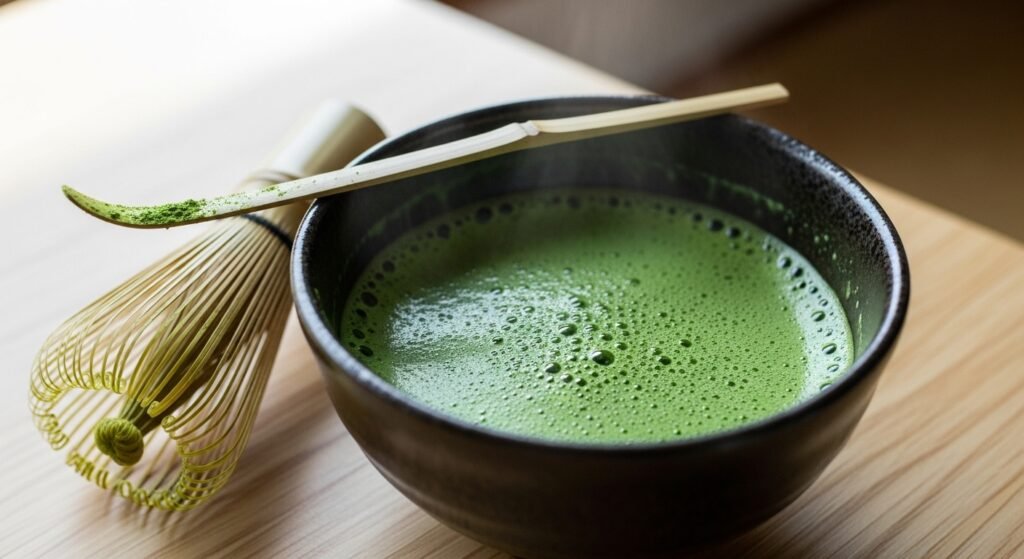
Tea is just the beginning when it comes to enjoying bin matcha. This green powder is super versatile and can be used in all kinds of foods and snacks. One great idea is to mix it into pancake or waffle batter for a green breakfast that’s both fun and healthy. Kids love the color, and adults love the taste. You can also add bin matcha to your morning smoothie. Just blend it with fruit, yogurt, milk, and honey for an energy-boosting drink. Another tasty option is to stir it into plain yogurt and top with berries or granola. Want dessert? Try baking it into cookies, cupcakes, or muffins. The earthy flavor balances sweetness perfectly. Or sprinkle a little into frosting, cream cheese dip, or granola bars for a healthy touch of color. From breakfast to dessert, there are endless ways to enjoy your favorite bin matcha beyond the teacup.
Bin Matcha vs. Ceremonial Matcha: What’s the Real Difference?
Here’s a common question: Is bin matcha the same as ceremonial matcha? The answer is—they’re closely related but not exactly the same. Ceremonial matcha is the highest grade of matcha available. It’s made from the youngest tea leaves, harvested in early spring. It’s designed to be enjoyed on its own with only hot water—no milk or sugar needed. Bin matcha, on the other hand, refers to the way the matcha is packaged. Most bin matcha uses ceremonial-grade powder, but it’s stored in glass jars to help keep it extra fresh. So, while ceremonial matcha is about the leaf quality, bin matcha is about packaging and freshness. When you see a jar of bin matcha, check its label. If it says “ceremonial grade,” you’re getting the best of both worlds—high-quality tea and long-lasting freshness. It’s a great choice for those who want pure matcha that lasts longer and tastes smoother.
Is Bin Matcha Good for Kids?
Yes, bin matcha can be safe for kids when used in small amounts. It does contain caffeine—about 30 to 35 mg per teaspoon. That’s less than a cup of coffee, but it still may affect young kids if they have too much. You can easily adjust the portion for children. Use just a ¼ teaspoon in a smoothie or warm milk. You’ll still get that lovely matcha flavor with much less caffeine. Many parents enjoy baking bin matcha into cookies or muffins that the whole family can enjoy. This way, kids get the benefits without drinking a full cup of tea. As always, check with your doctor if you’re unsure, especially for very young children, those who are sensitive to caffeine, or kids with dietary restrictions. Used wisely, bin matcha can be a tasty and wholesome part of family meals and snacks.
Where to Buy Bin Matcha Online or In Stores
Because bin matcha is all about high quality and freshness, it’s best to buy from trusted brands. Some of the best bin matcha options come from Japan or specialty tea shops. Look for brands like Ippodo Tea, Matchaful, Encha, and Yunomi. These companies offer ceremonial or premium-grade bin matcha packed in glass containers. You’ll find them online through their websites, on Amazon, or at premium health food stores. When buying your first jar, here’s what to look for: bright green powder, country of origin listed as Japan, and a label that says “ceremonial grade” or “first harvest.” Also, always check for 100% pure matcha with no added sugars, flavors, or preservatives. A good jar of bin matcha might cost a bit more, but a little goes a long way, and the quality is always worth it. It’s a small upgrade that gives your body and taste buds a big reward.
FAQs
1. What is bin matcha used for?
It’s used for making tea, lattes, smoothies, and even baking. You can also use it as a skin or hair treatment!
2. Is bin matcha the same as ceremonial matcha?
Not always. Bin matcha refers to how it’s stored—in jars—while ceremonial matcha is a grade. But many bin matcha jars are ceremonial grade.
3. Can kids drink bin matcha?
Yes, but only in small amounts. It’s better used in food or smoothies for children.
4. How long does bin matcha last?
Unopened, it can last 6–9 months. Once opened, use within 60–90 days for the best flavor.
5. Is bin matcha better than bagged matcha?
Yes, because it stays fresher longer in the jar, especially when it’s made from ceremonial-grade leaves.
6. Does bin matcha contain sugar?
No. Pure bin matcha has no added sugar or sweeteners. Just 100% green tea powder.
Conclusion
Bin matcha is more than a pretty tea in a jar. It’s a smooth and healthy way to add focus, energy, and tradition to your everyday routine. With its beautiful green color, creamy texture, and calming benefits, there’s no wonder why it’s become a daily favorite for people everywhere. Whether you drink it in the morning, add it to smoothies, or bake it into snacks, bin matcha fits perfectly into a healthy lifestyle. And since it’s sealed in glass jars, you know it’s fresh and full of goodness. So why not give it a try? One small jar of bin matcha could become your new favorite thing. Sip slowly, enjoy the calm, and discover what makes this green super-tea so special.
